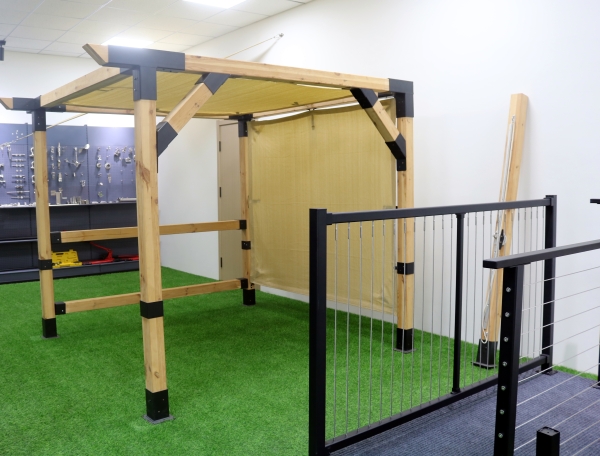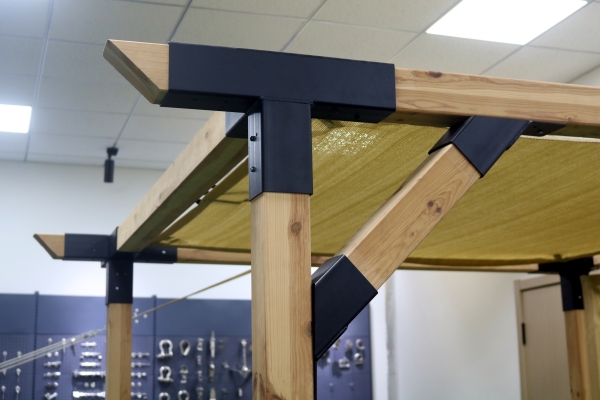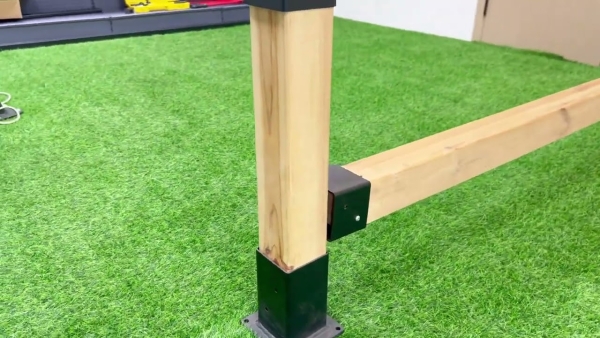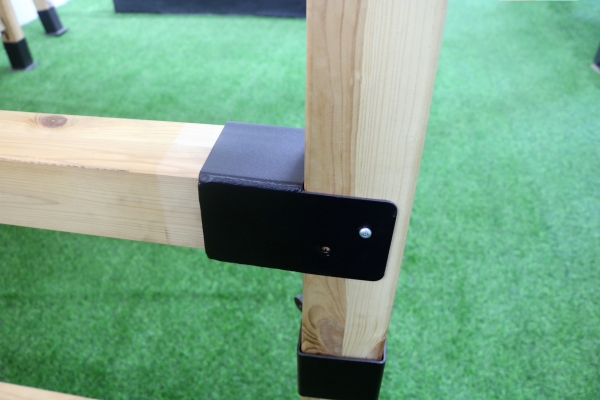Table of Contents
Benefits of Using High-Quality Wood for Pergola Construction
Wooden pergolas are a popular choice for outdoor structures due to their natural beauty and versatility. When it comes to constructing a wooden pergola, the choice of wood plays a crucial role in determining the overall quality and longevity of the structure. Using high-quality wood for pergola construction offers a range of benefits that make it a worthwhile investment.
One of the primary benefits of using high-quality wood for pergola construction is its durability. High-quality wood, such as cedar or redwood, is naturally resistant to rot, decay, and insect damage. This means that a pergola constructed from high-quality wood will have a longer lifespan and require less maintenance over time. Additionally, high-quality wood is less likely to warp, crack, or split, ensuring that the pergola remains structurally sound for years to come.
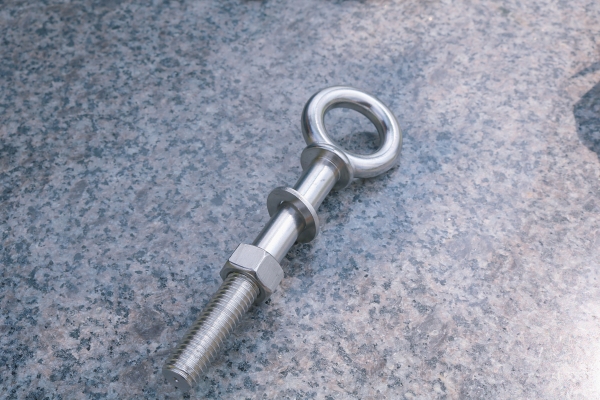
In addition to its durability, high-quality wood also offers aesthetic benefits. Wood has a warm, natural look that adds a touch of elegance to any outdoor space. High-quality wood, in particular, has a rich color and grain pattern that can enhance the overall appearance of a pergola. Whether left natural or stained to match existing outdoor decor, high-quality wood can create a visually appealing focal point in a garden or patio.
Furthermore, high-quality wood is easier to work with during construction. It is less likely to splinter or break when cut, making it easier for builders to create intricate designs and details. This allows for greater customization and personalization of the pergola, ensuring that it meets the specific needs and preferences of the homeowner. Additionally, high-quality wood can be easily sanded and finished to achieve a smooth, polished surface that enhances the overall look of the pergola.
Another benefit of using high-quality wood for pergola construction is its environmental sustainability. Many high-quality woods, such as cedar and redwood, are sourced from responsibly managed forests that promote sustainable harvesting practices. By choosing high-quality wood for a pergola, homeowners can support the preservation of natural resources and reduce their environmental impact. Additionally, wood is a renewable resource that can be recycled or repurposed at the end of its lifespan, further reducing its environmental footprint.
In conclusion, the benefits of using high-quality wood for pergola construction are numerous. From its durability and aesthetic appeal to its ease of construction and environmental sustainability, high-quality wood offers a range of advantages that make it an ideal choice for outdoor structures. By investing in a pergola constructed from high-quality wood, homeowners can enjoy a beautiful, long-lasting addition to their outdoor space that enhances the overall value and enjoyment of their property.
Step-by-Step Guide to Building a Wooden Pergola with Detailed Construction Details
Wooden pergolas are a popular addition to outdoor spaces, providing shade and a sense of intimacy to gardens, patios, and other outdoor areas. Constructing a wooden pergola requires careful planning and attention to detail to ensure a sturdy and long-lasting structure. In this article, we will provide a step-by-step guide to building a wooden pergola, with detailed construction details to help you create a beautiful and functional outdoor space.
The first step in building a wooden pergola is to carefully plan the location and size of the structure. Consider the size of the area where the pergola will be located, as well as any existing structures or landscaping features that may impact the design. Once you have determined the location and size of the pergola, you can begin gathering materials and tools for the construction process.
The next step is to prepare the site for construction. This may involve clearing the area of any debris or vegetation, leveling the ground, and marking the location of the pergola. It is important to ensure that the site is level and stable to provide a solid foundation for the pergola.
Once the site is prepared, you can begin constructing the pergola. Start by setting the posts in place, ensuring that they are plumb and securely anchored in the ground. Use a level to ensure that the posts are straight and level before securing them in place with concrete or gravel.
After the posts are in place, you can begin attaching the beams and rafters to create the framework of the pergola. Be sure to measure and cut the beams and rafters to the correct length before attaching them to the posts. Use galvanized screws or nails to secure the beams and rafters in place, ensuring that they are evenly spaced and securely attached.
Once the framework of the pergola is in place, you can add decorative elements such as lattice panels, trellises, or climbing plants to enhance the appearance of the structure. These elements can provide additional shade and privacy, as well as add visual interest to the pergola.
Finally, finish the pergola with a protective sealant or stain to help protect the wood from the elements and prolong its lifespan. Be sure to choose a sealant or stain that is suitable for outdoor use and apply it according to the manufacturer’s instructions.
In conclusion, building a wooden pergola requires careful planning and attention to detail to ensure a sturdy and long-lasting structure. By following the step-by-step guide provided in this article and paying attention to construction details, you can create a beautiful and functional outdoor space that will enhance your enjoyment of your outdoor living area for years to come.

